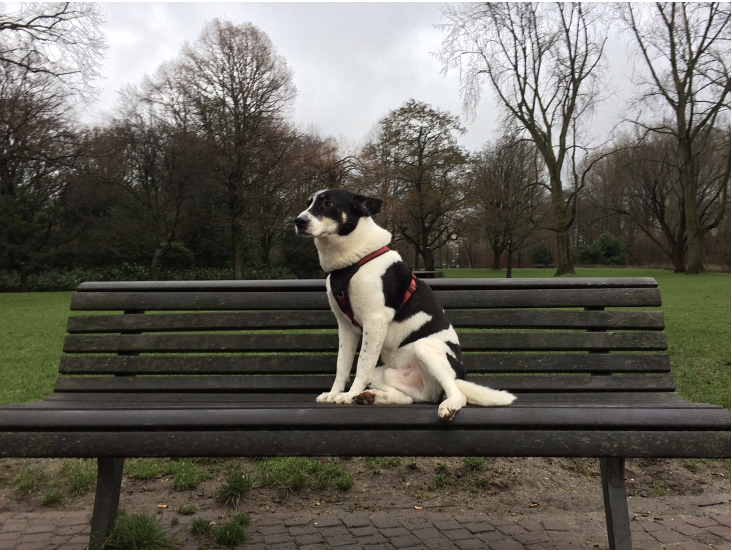New Customs for the Multispecies Community
There is so much at stake. For centuries, humans in Europe and elsewhere saw themselves as an exception – not just as a special animal, also as the best animal around. This functioned as a license to use other animals, plants and ecosystems as they pleased. To give a better future a chance, and to take the fate of the other animals seriously, humans need to learn to relate differently to others and the natural world that is a home to all of us. Human are creatures of habit and when confronted with change, for example in relation to eating other animals, they often appeal to the cultural value of practices. We therefore need to develop practices that highlight the fact that our communities have always been multispecies, and that invite humans to connect to others in new ways. These practices – holidays, habits, lessons, walks, rituals – also hold an invitation for the other animals. Not to again force them into a human system, but as the beginning of a new conversation. It is up to them to accept it or not.
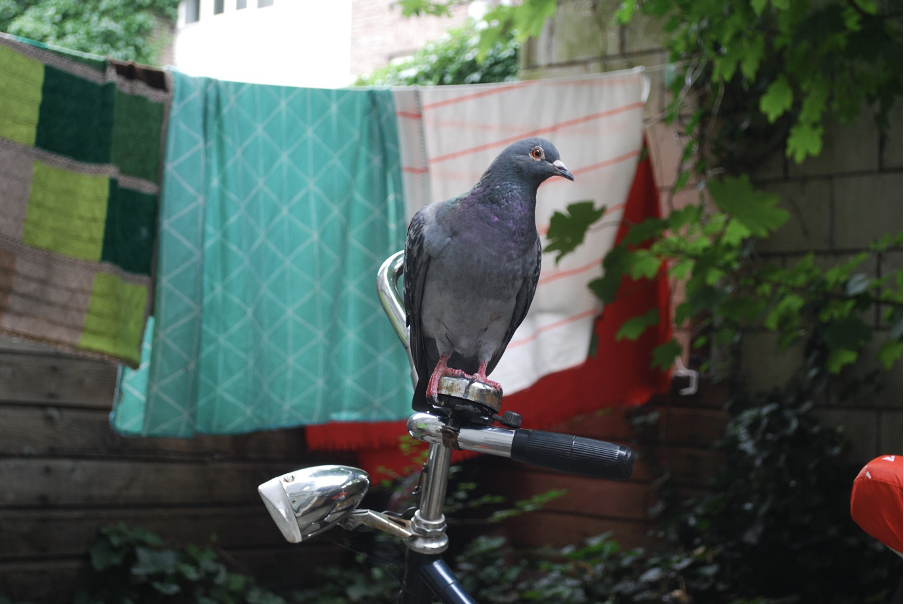
Holidays
Flying Ants Day
At the end of a warm summer’s day, ants fly out of their colony to meet one another and have sex. Flying ants are not a special species, they are the new young queens and males of a colony. After the nuptial flight, the males die. The females remove their wings once they land and attempt to found a new colony. For the nuptial flight, the weather needs to be right, so the date of the event is different every year. In order to recognize this day, humans need to pay attention, and this is precisely what the day is about: paying attention to ants and the other small animals with whom we share the planet, and who keep the ecosystems running. Possible activities on this day are going outside to watch the ants, feeding ants something sweet in a way that won’t harm them, and wish one another a happy Flying Ants Day.
Potato Day
Potato Day is an old-fashioned holiday. There are children’s games, such as sack racing with a spoon in your mouth that holds a potato, people sing the potato song, others play the potato game with dogs and crows (humans throw pieces of cooked potato on a field, and the animals find and eat them), and of course people eat together: potato stew or ‘stamppot’, crisps and chips. There is also an educational program, that may include lectures discussing problems with monocultures, or human-potato relations in different cultures, as well as knowledge exchange in the potato fields.
Winter Solstice and Summer Solstice
On the shortest and longest day of the year we gather outside to watch the sunset together, from light to dark.
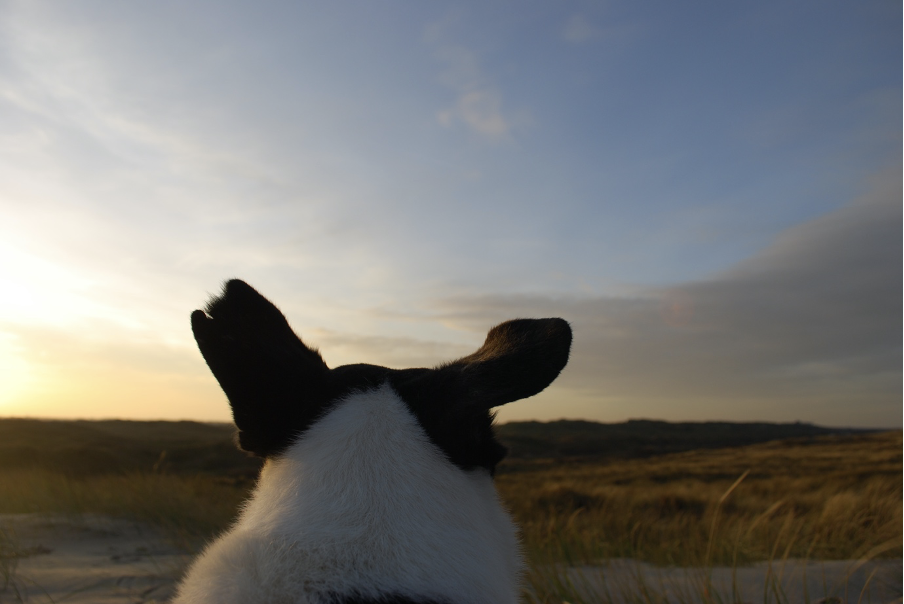
The Starling Ballet
In autumn the starlings swarm. This ballet can be watched for free in many places, in meadows and on city bridges.
Rituals
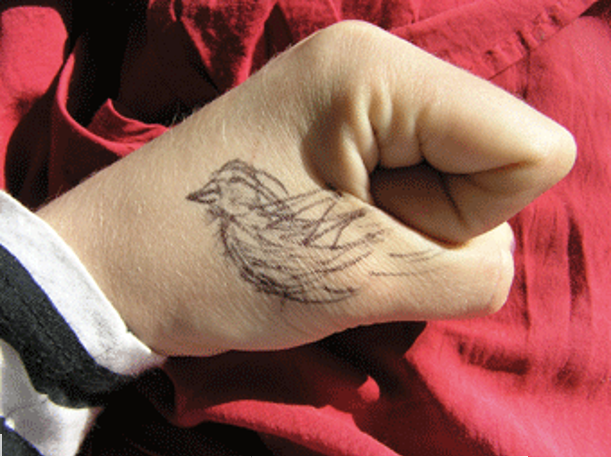
Multispecies Meal I
A picknick for humans and animals who live outside, like pigeons, flies, rats and wild boars.
Multispecies Meal II
A plant-based dinner in a restaurant for humans and their animal companions – dogs, cats, guinea pigs, parakeets. You can also eat together with your companions at home; now very often dinner times are separated.
Multispecies Meditation
For this exercise, humans and their companions are invited to sit somewhere beautiful, and follow a meditation together. In the summer of 2019, I saw a performance by artist Melanie Bonajo in park Lustwarande in Tilburg (NL). Visitors were asked to sit in a circle around Bonajo, and they guided them into a meditation with their voice and music. There were dogs present, who closed their eyes too, and participated fully in the exercise. I assume many animals meditate, but there is not much information about it. Elephant researcher Katy Payne writes that elephants are sometimes silent together, with their voices and bodies. She compares this to the collective exercises in silence of human Buddhists or Quakers. Baboon researcher Barbara Smuts describes a similar ritual, where baboons gather in silence around small pools, and stare into the water.
Asking the Tree
Every year, humans meet in the village square or a forest, and write questions down for a tree. They read them aloud, and listen to one another but do not try to formulate answers.
Multispecies Public Art
Many statues in the public space are used by animals and plants. Artists no longer ignore this but use it in their design.
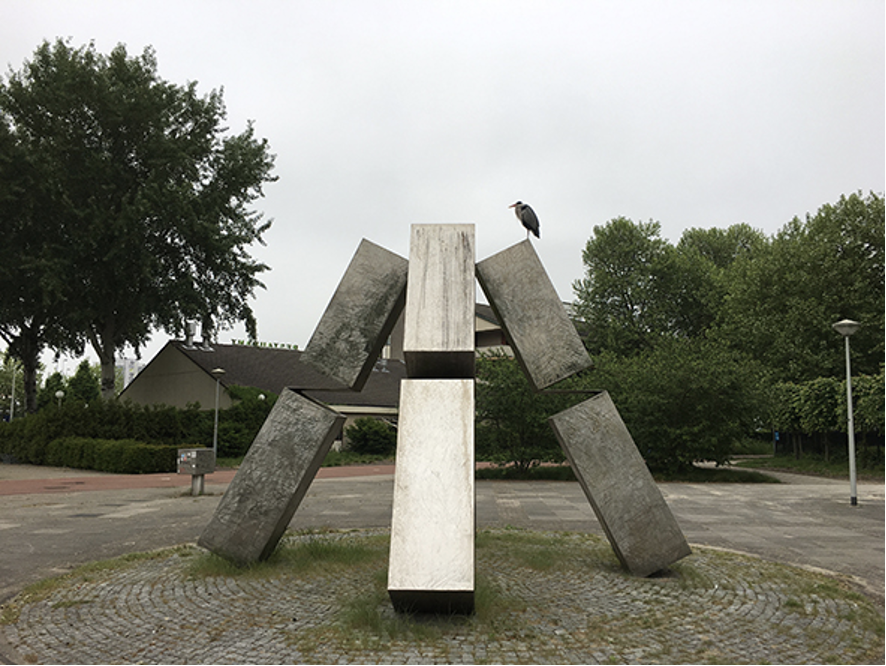
Offerings
When it is cold, put a bowl of food outside for the hedgehogs, gnomes, elves, or stray cats. When it is hot, put plates outside with water for the birds, insects and frogs.
New Prayers before Dinner
Thanks to the earth, the birds and the bees, the sun and the moon, the grain and the trees.
A March for the Animals who Died from Human Violence
On All Souls’ Day there are marches to remember the animals who died in the animal agriculture industry, in laboratories, and other places where they were exploited by humans. The marches lead to statues for these animals. Those who are unable to march can burn a candle at home.
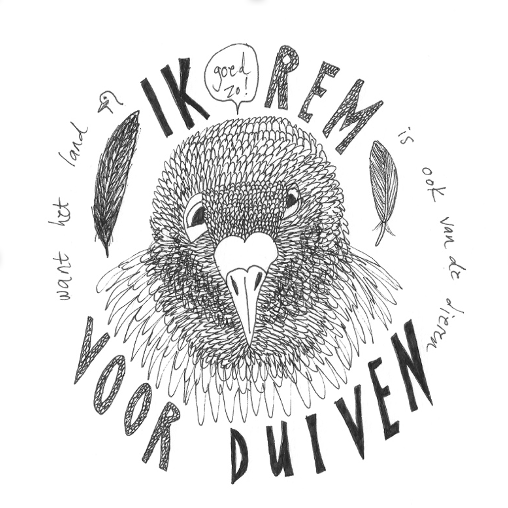
Bicyle stickers can remind humans of the other animals with whom we share the roads.
Education
Follow
At the dog school, dogs are taught to follow their human. In this workshop humans learn to follow their dogs.
Multispecies Playgrounds
In cities and rural areas new spaces are designed where the pigeons, crows, rats and foxes can play with humans if they want to, to get to know one another better.
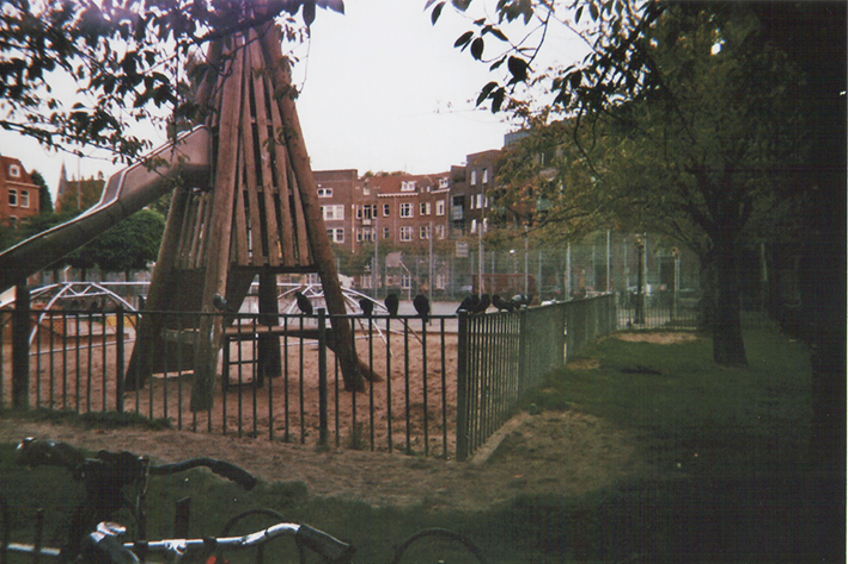
Multispecies Walking Tours
These more-than-human walking tours lead participants to places where meaningful multispecies or nonhuman animal historic events happened. They show that the past, and thus the present, is not formed solely by humans. In Kingston (Canada) researchers already created such walking tours.
Listen to Someone You don’t Understand
These walks in cities and natural areas focus on teaching humans to better listen to more-than-human animals. A guide shows the way, but there is also room to be silent together, to learn to listen better in a more general sense.
Greet the Animals
When you greet someone, you recognize them as someone. Different animals have their own ways of greeting, that human children can learn in school or from their caretakers. Other animals already often greet humans. Many cats like to greet, they greet their own humans, but also strangers in the streets, who often feel inclined to greet back. Dogs do too. The ex-laboratory animals who live with me greet me by making eye contact or coming up to my hand. But animals in intensive farming also greet others. Linguist Leonie Cornips researches how cows greet humans, with a low ‘moo’. Farmers often do not recognize it, or perceive the cows as being difficult. Bird researcher Len Howard writes how great tits greet one another and develop new greeting rituals in relation to her. Barbara Smuts had to learn to greet the baboons she studied, in order to be accepted by them. Taking greeting seriously is a social matter, an expression of politeness. It contributes to an attitude of respect. With some animals, like bees or snails, we don’t know how or even if they greet us, but that is no reason not to meet them politely.
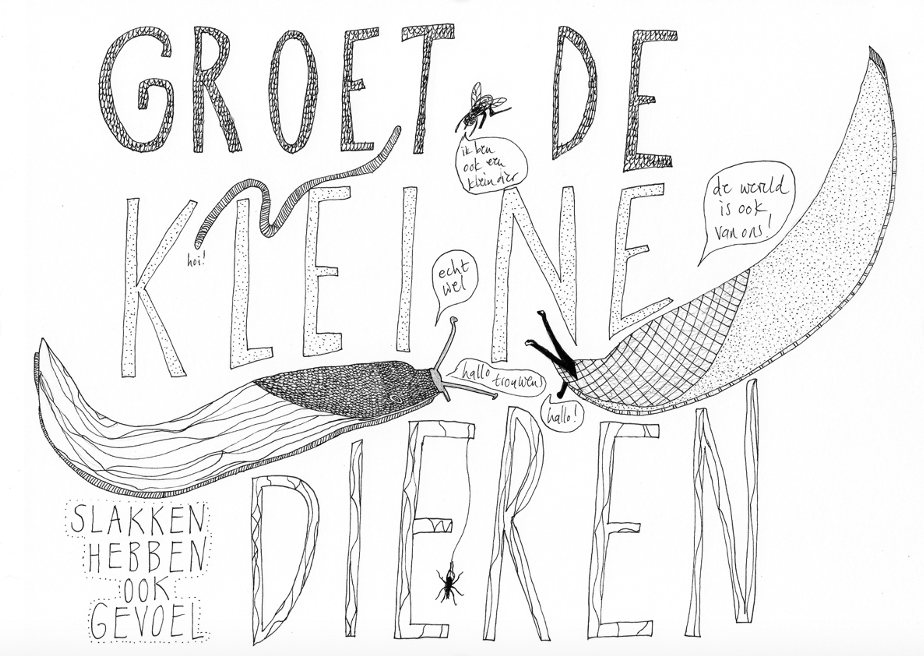
New customs?
In addition to the customs that humans initiate, a new attitude towards the other animals and plants will also give them room for developing their own new customs. With one another, but perhaps these will also include invitations to humans. Learning to recognize these is an important part of this project.
